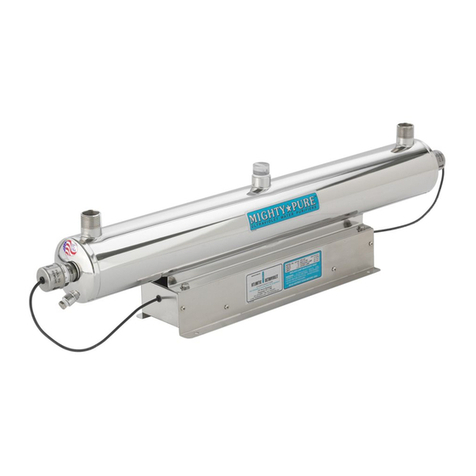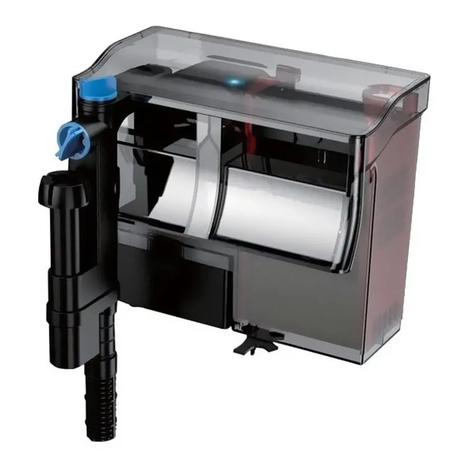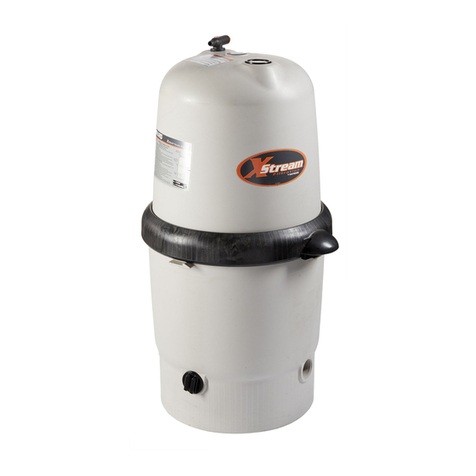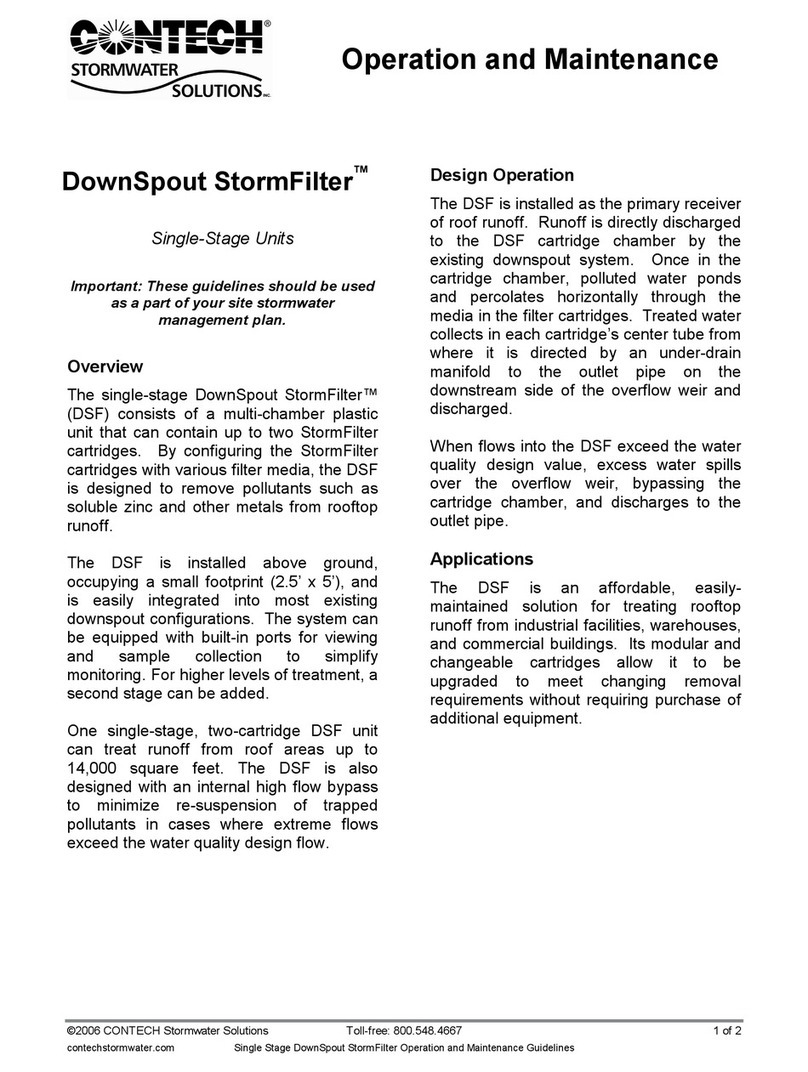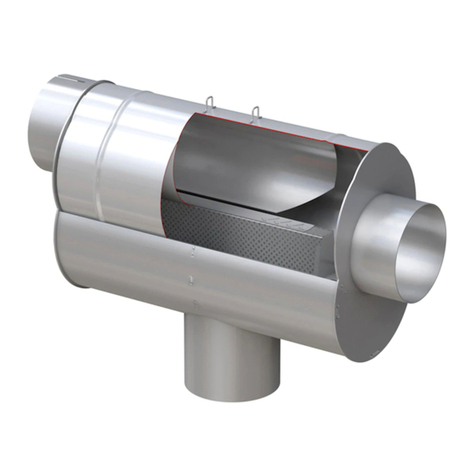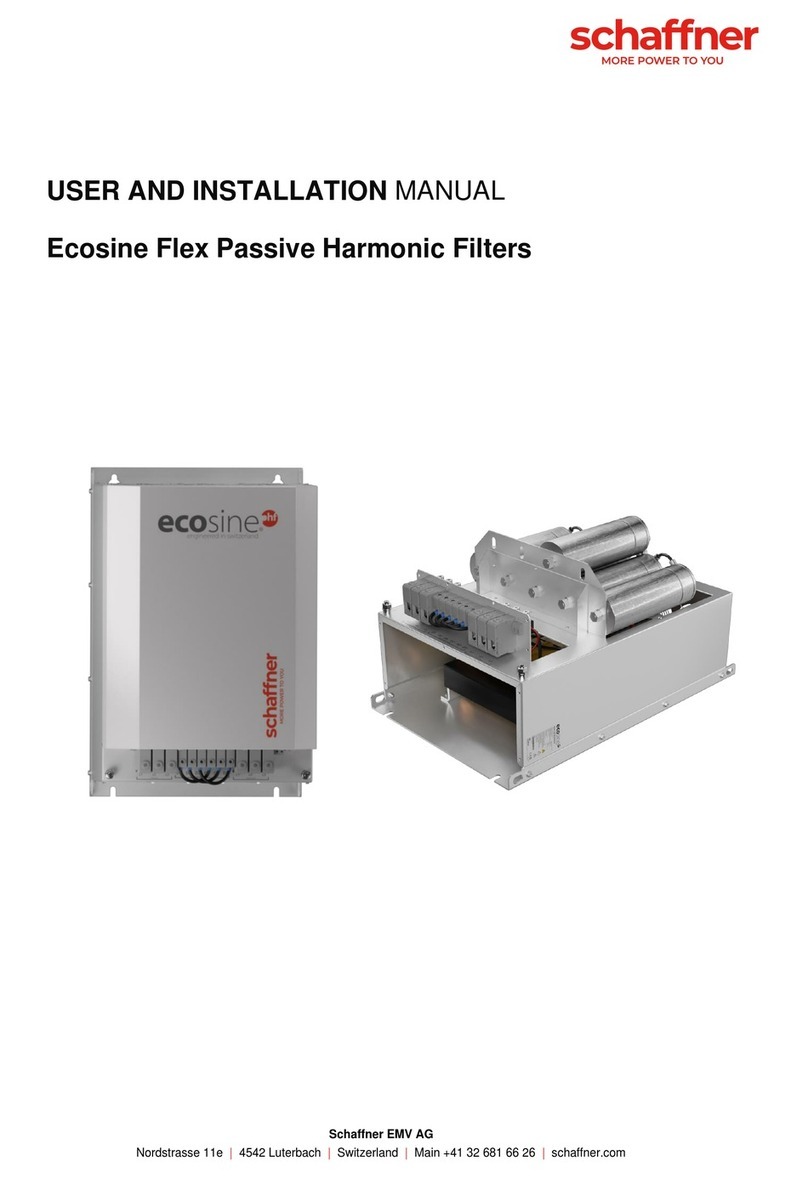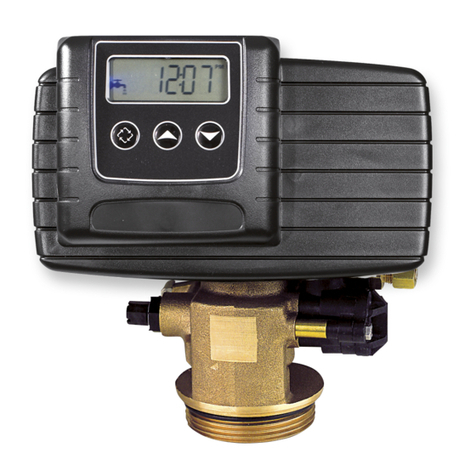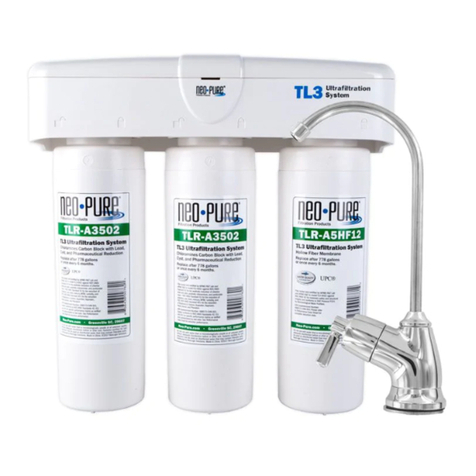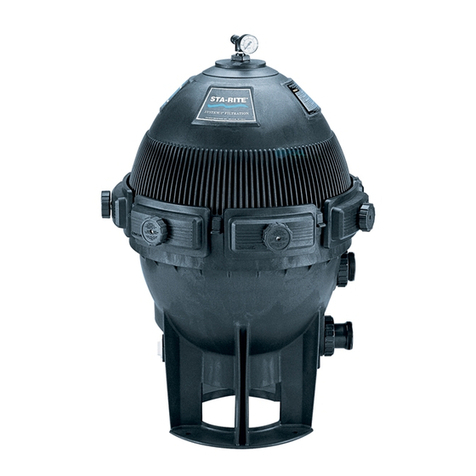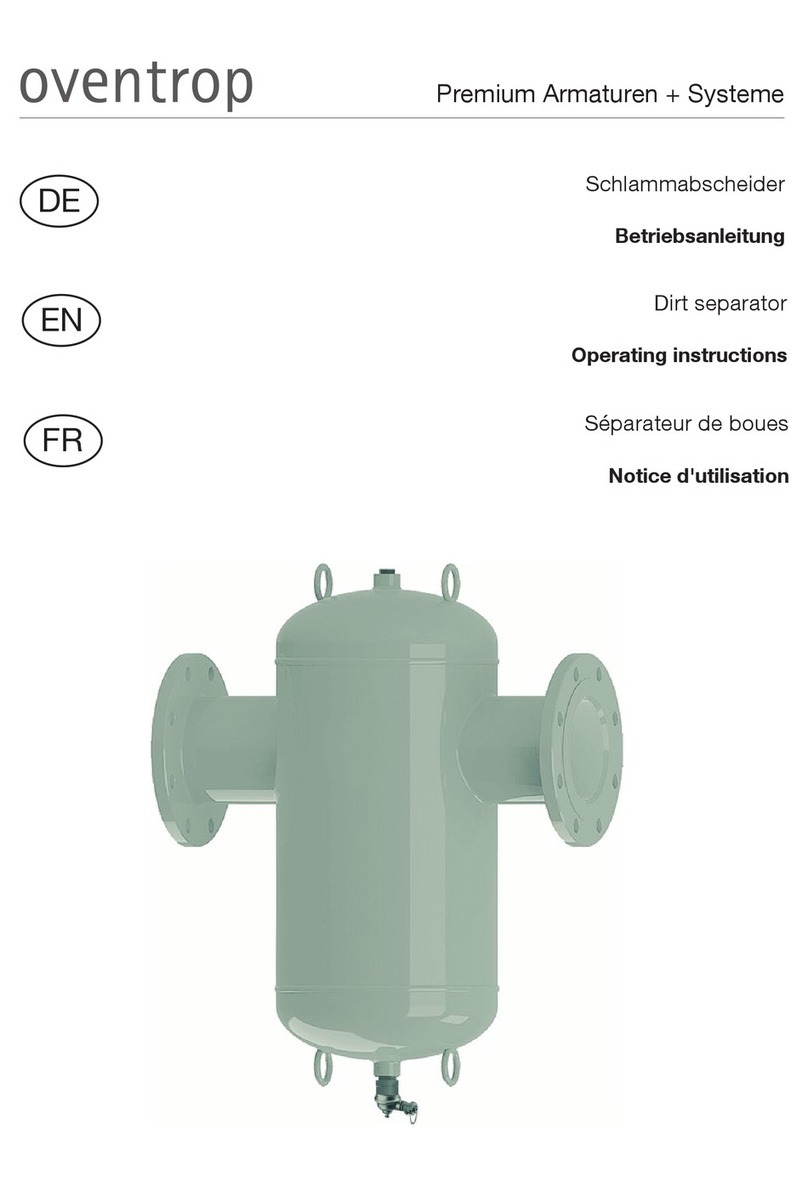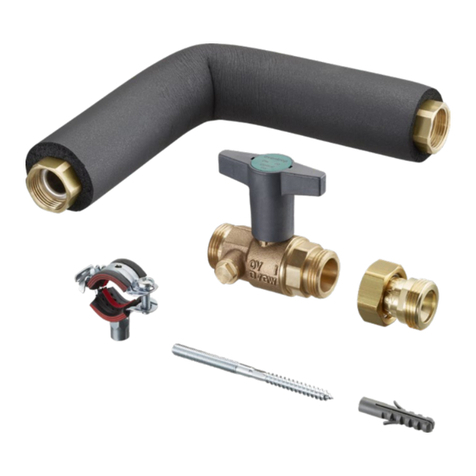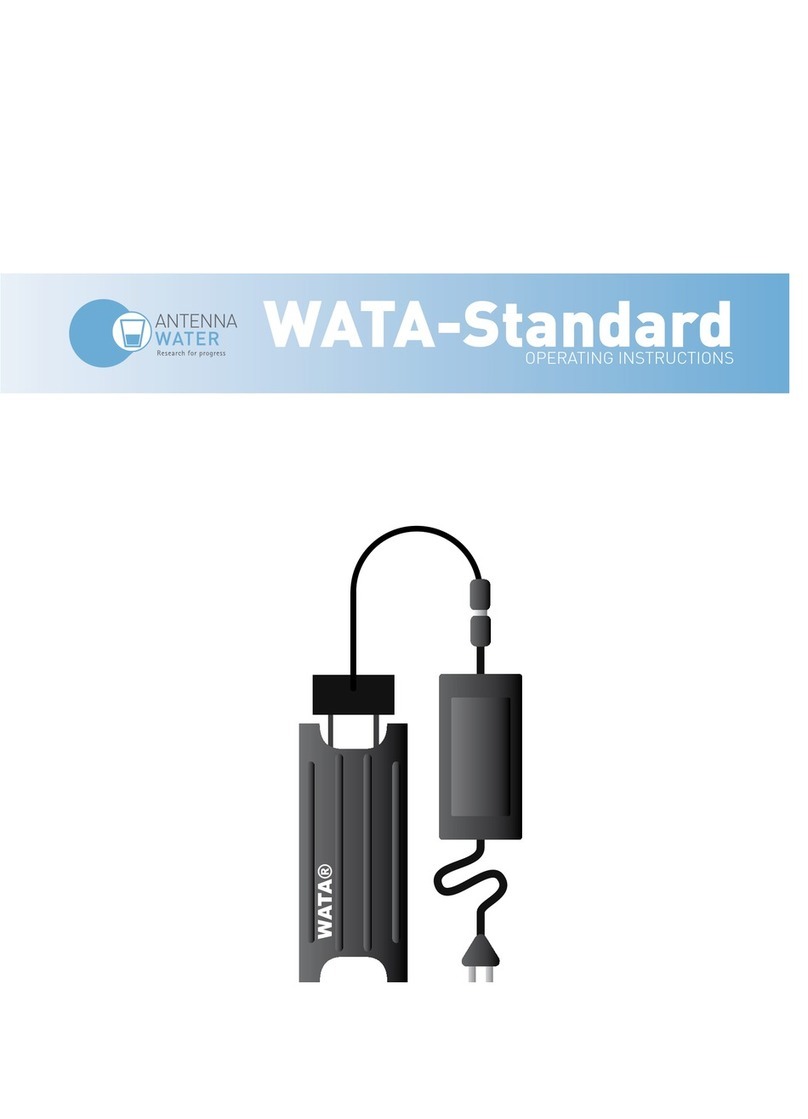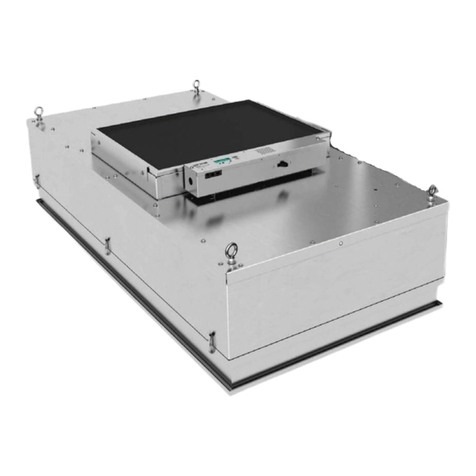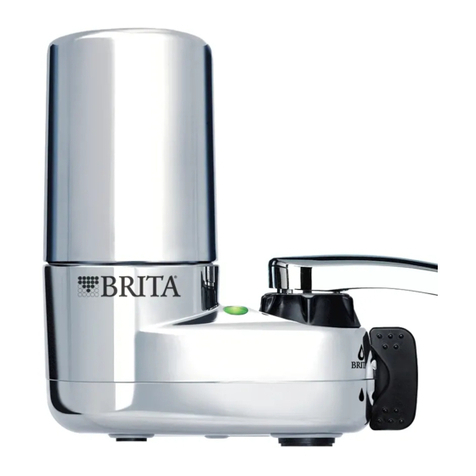
4
Warnhinweise unter Abschnitt 2 (Sicherheits-
hinweise) beachten!
!
Die Heizölfilter-Entlüfter-Kombination ist mit Hilfe der
beiliegenden Befestigungsplatte an geeigneter Stelle
zu montieren. Sie kann oberhalb oder unterhalb des
Tankspiegels eingebaut werden. Zur Montage an der
Kesselwand liegen Blechschrauben bei.
Die Ölleitungen müssen frostfrei installiert und betrie-
ben werden, da Öl bei niedrigen Temperaturen Paraf-
fine ausscheidet, wodurch die Filter verstopfen können.
Dies gilt umso mehr, je feiner der Filtereinsatz ist.
Bei Umrüstung von Zweistranganlagen auf den Ein-
strangbetrieb ist ggf. die Leitungsdimension zu redu-
zieren, siehe „Dimensionierung der Saugleitung“.
– Armatur gegen äußere ewalt (z. B. Schlag, Stoß,
Vibration) schützen.
– Der Vor- und Rücklaufanschluss darf nicht ver-
tauscht montiert werden, da dies zu Schäden an
Entlüfter und Brennerpumpe führen kann.
– Es ist darauf zu achten, dass die Umgebungs-
temperatur max. 60°C nicht übersteigt, d.h. nicht
in der Nähe eines unisolierten Kesselteils oder
des Abgasrohres, sowie nicht über zu öffnenden
Klappen der Feuerung montieren.
– Hinweis:
Aus technischen ründen sind ölgefüllte Entlüfter
nicht stark zu neigen oder abzulegen. Bitte das
Öl erst auslaufen lassen.
ACHTUNG
Nach der Montage sind alle Montagestellen auf Dicht-
heit zu überprüfen.
Wenn die baulichen egebenheiten es gestatten, sollte
die Leitung als „selbstüberwachende Saugleitung“
ausgeführt sein. Sie ist dann mit stetigem efälle zum
Tank hin zu verlegen und alle Rückschlagventile vor
dem „Toc-Duo-3“ sind zu entfernen. Bei Undichtig-
keiten reißt dann die Ölsäule in der efällstrecke ab..
Einbaubeispiele:
Installation des „Toc-Duo-3“ unterhalb des Ölspiegels.
Installation des „Toc-Duo-3“ oberhalb des Ölspiegels.
Druckprüfung:
Bei der Druckprüfung der Saugleitung ist der Druck-
anschluss nicht am „Toc-Duo-3“ vorzunehmen, da das
integrierte Rückschlagventil die Druckübertragung zur
Tankseite verhindert.
Die Schwimmerventile eines neuen, ungefüllten „Toc-
Duo-3“ sind außerdem geöffnet, sodass er nicht in die
Druckprüfung mit einzubeziehen ist.
Dimensionierung der Saugleitung:
Die Saugleitung zum Tank sollte so dimensioniert wer-
den, dass die Strömungsgeschwindigkeit des Heizöls
während des Brennerbetriebes zwischen 0,2 bis 0,5
m/s beträgt (DIN 4755). Dies gilt besonders für Rohr-
abschnitte die nach unten führen. Durch eine zu große
Saugleitung wird die Fließgeschwindigkeit sehr gering,
sodass die Ausgasungen nicht gleichmäßig mitgeför-
dert werden und sich zu großen Luftblasen in oben
liegenden Leitungsabschnitten ansammeln. Wenn eine
große Luftblase zur Brennerpumpe gelangt, kann sie
zu Störungen führen. Für kleine Brennereinheiten in
Ein- und Zweifamilienhäusern reicht oft der Rohrin-
nendurchmesser 4 mm aus (z.B. Rohr 6 x 1). Neben
der Fließgeschwindigkeit sind der Strömungswider-
stand und die Saughöhe zu berücksichtigen.
„Toc-Duo-3“
Brenner
„Toc-Duo-3“
Brenner
Erdtank
